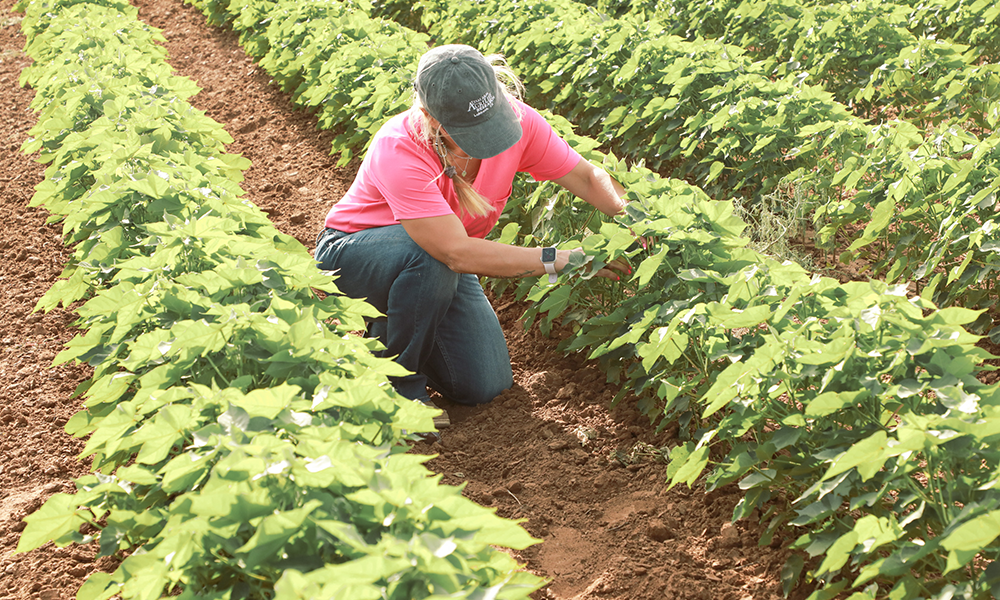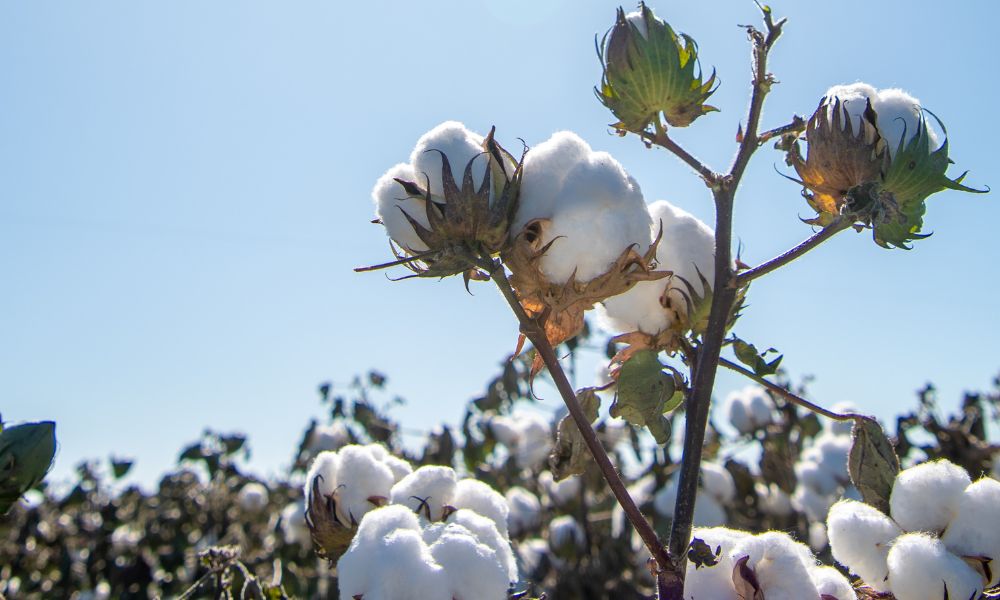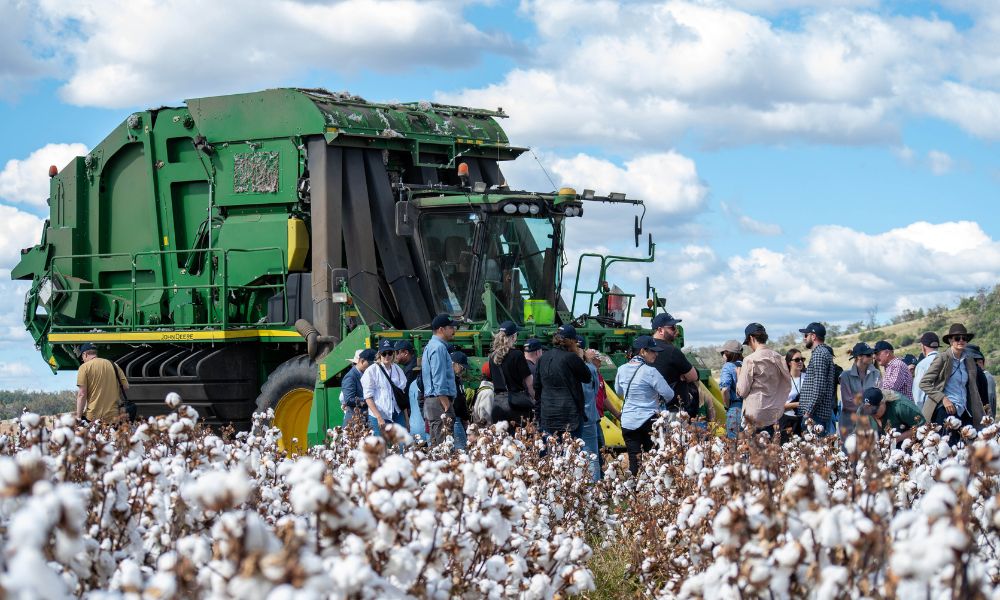The Tariff Dispute & the Cotton Supply Chain
October 19, 2019
The Tariff Dispute & the Cotton Supply Chain
A webinar designed to explore how tariffs impact the cotton supply chain and pose a threat to supply and demand.
Tariffs, manufacturing trends and miscellaneous other variables have all impacted the cotton supply chain and supply and demand to varying degrees over the past 20 years. Most recently, the trade dispute between China and the U.S. has been the primary source of supply chain and market disruption.
Our webinar, The Tariff Dispute & The Cotton Supply Chain was created to outline developments related to the tariff dispute and to examine how they have affected the cotton market and supply chain.
Here is a summary of what you can expect from the webinar:
- An overview of the dynamics in place before the trade dispute began
China is a central driver of global cotton demand and even though it is the second highest cotton grower, China has a persistent production gap. Government supply reserves have been drawn down from 53 million bales in 2013/14 to 9 million bales in 2018/19 and the stabilization of reserves requires Chinese cotton import numbers to nearly triple. Historically, the U.S. would have been the obvious choice for these imports. - A timeline review of the current trade dispute
The U.S. has an annual surplus of 19 million bales, and while 16.5 million bales are forecast to be exported, the trade disputes post a challenge to exports. U.S. cotton faced a 25 point tariff increase in July 2018 and since then, the trade relationship between China and the U.S. has been in flux. - A discussion around the effects of the trade dispute
Trade is vital to the U.S. balance sheet. Lower U.S. exports mean higher stocks and lower prices. Additionally, the uncertainty caused by the rapidity of changes inhibits order placement and demand.
Currently, due to the tariff disputes, uncertainty is the only certainty we have about the future of home and apparel imports from and cotton exports to China. Visit the webinar page for a detailed pass-through analysis and to read about changes in average garment weights, then consider partnering with us.
Commit to sustainably produced cotton – become a Cotton LEADS partner today. Interested in doing even more? Contact us for ideas to get the most out of sustainable cotton and your partnership with Cotton LEADS.














Recent Comments